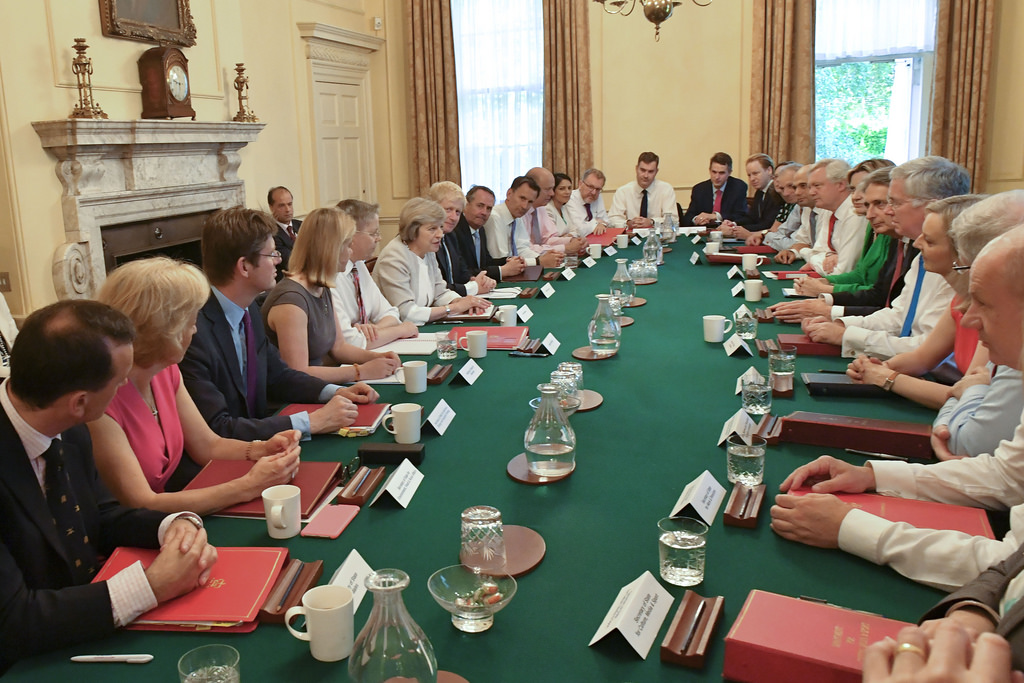By Tom Matsuda, BA Japanese and International Relations
In an effort to re-assert her control over her party, Prime Minister Theresa May has reshuffled her cabinet. The news comes after her political power has been stifled by the loss of her majority in last summer’s election. The move, labelled as “pointless and lackluster” by Labour leader Jeremy Corbyn, has backfired on the Prime Minister. May’s diminishing political clout has arguably been further highlighted by Jeremy Hunt’s refusal to budge from his role position as Health Secretary despite May’s assertions. In addition to his refusal, Hunt has gained responsibilities regarding the administration of social care.
Moreover, the reshuffle also saw the loss of Justine Greening who quit in the wake of being offered the position of Secretary for Work and Pensions. Greening was seen as one of the more progressive members of May’s cabinet and had made efforts to improve the relationship between the Conservative Party and teachers; many of whom have their salaries slump as a result of Conservative austerity policies.
The reshuffle has also resulted in an increase of privately educated Cabinet Ministers. It has also has failed to diversify her cabinet with an overwhelming majority still being white and male. This calls into question as to whether such a cabinet can accurately represent the UK, an ethnically diverse country where the majority are state-educated. Moreover, according to the Guardian more than two thirds of the cabinet represent seats in the Home Counties, some of the most economically prosperous areas in the country, in disproportion to that of constituencies in the Midlands or Northern England. Such a move could result in the implementation of policies mainly concerning Southern England and thus exacerbating the North-South divide.
